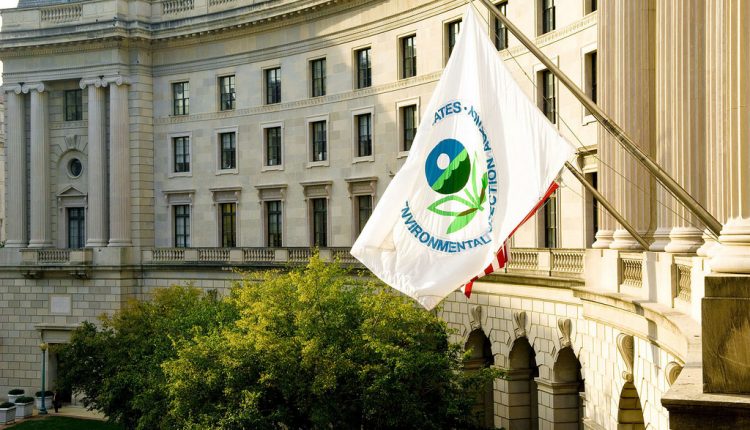
SBA Environmental Roundtable – October 7, 2022
***SBA Environmental Roundtable Meeting***
FRIDAY, October 7, 2022, 10 a.m. – 12:00 p.m.
Via Webinar
The next U.S. Small Business Administration, Office of Advocacy Environmental Roundtable will meet virtually to discuss the following topic, beginning at 10 a.m. on Friday, October 7, 2022. The meeting will be held using the Microsoft Teams platform.
Send your RSVP to tayyaba.zeb@sba.gov. A meeting link will be provided to you when you RSVP.
Agenda
10:00 AM – 11:00 AM EPA’s Proposed Revisions for the Risk Management Program Regulations Under the Clean Air Act
William Noggle, Office of Land and Emergency Management, EPA [tentative]
11:10 AM – 12:00 PM EPA’s Proposed Hazardous Substance Designation for PFOA and PFOS under CERCLA
Dana Stalcup, Deputy Director, Office of Land and Emergency Management, EPA
Roundtable meetings are open to all interested persons, with the exception of the press, in order to facilitate open and frank discussion about the impacts of Federal regulatory activities on small entities. Agendas and presentations are available to all, including the press. Anyone who wants to receive roundtable agendas or presentations, or to be included in the distribution list, should forward such requests to david.rostker@sba.gov. The purpose of these Roundtable meetings is to exchange opinions, facts and information and to obtain the attendees’ individual views and opinions regarding small business concerns. The meetings are not intended to achieve or communicate any consensus positions of the attendees.
Small Business Environmental Roundtable
Issue for Discussion
October 7, 2022
EPA’s Proposed Revisions for the Risk Management Program Regulations Under the Clean Air Act
On August 31, 2022, EPA published proposed revisions to its Risk Management Program (RMP) regulations under the Clean Air Act. EPA is proposing to reestablish the requirements for a safer technologies and alternatives analysis, root cause analysis incident investigation, and third-party compliance auditing. EPA is also proposing to add new requirement for employee participation. Finally, the agency is proposing to emphasize its existing requirements to address natural hazards, loss of power and facility siting in hazard evaluations. In its emergency response provisions EPA is proposing to include reestablishing the 10-year frequency to conduct a field exercise and mandating the current recommended exercise evaluation report elements. EPA’s proposed changes to the information availability provisions includes allowing the public to request specific chemical hazard information.
Previously, in 2015, before EPA originally proposed some of the revisions in this rule, the agency convened a Small Business Advocacy Review Panel to consider the impacts on small entities. However, in this proposed rule, the agency certifies the rule will not have a significant economic impact on a substantial number of small entities. The agency has modified some of the provisions that were originally proposed but this rule includes new provisions including the employee participation requirement.
Comments are due on October 31, 2022.
EPA’s Proposed Designation of PFOA and PFOS as CERCLA Hazardous Substances
On September 6, 2022, EPA published its long-awaited proposed designation of perfluorooctanoic acid (PFOA) and perfluorooctanesulfonic acid (PFOS) as hazardous substances under the Comprehensive Environmental Response, Compensation, and Liability Act (CERCLA). The hazardous substance designation triggers a reporting requirement to immediately report releases of PFOA and PFOS that meet or exceed the reportable quantity of 1 pound or more in a 24-hour period. The proposed rule is likely to impact a wide range of entities including manufacturers (including importers and importers of articles), processors, other downstream product manufacturers and users, and waste management and wastewater treatment facilities.
The agency only includes the direct cost of the reporting requirement noted above for industry. However, the agency includes a qualitative discussion of what the agency is describing as indirect costs that include clean up and recovery costs from contaminated sites. EPA certifies the rule will not have a significant economic impact on a substantial number of small entities based on the direct costs.
Comments are due on November 7, 2022.
